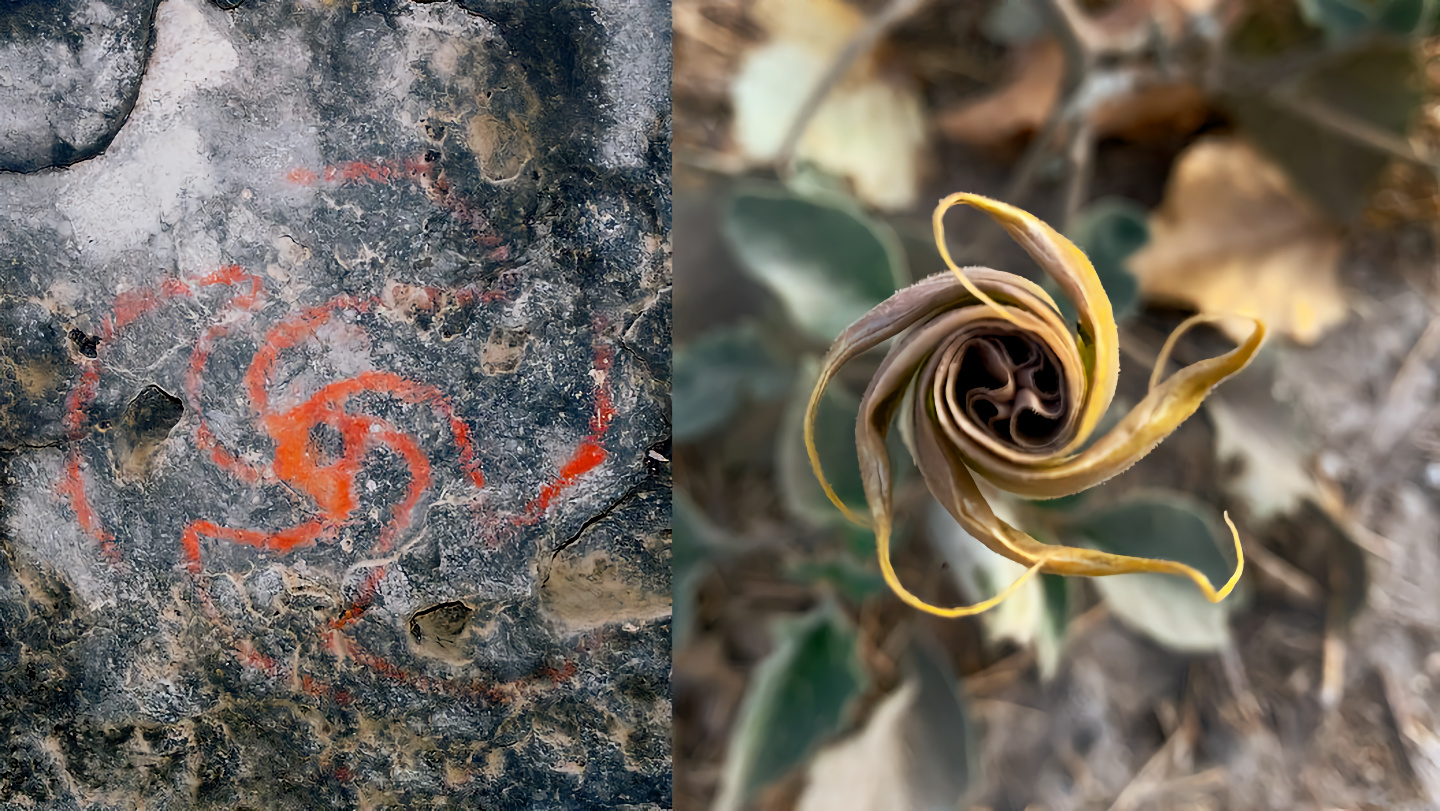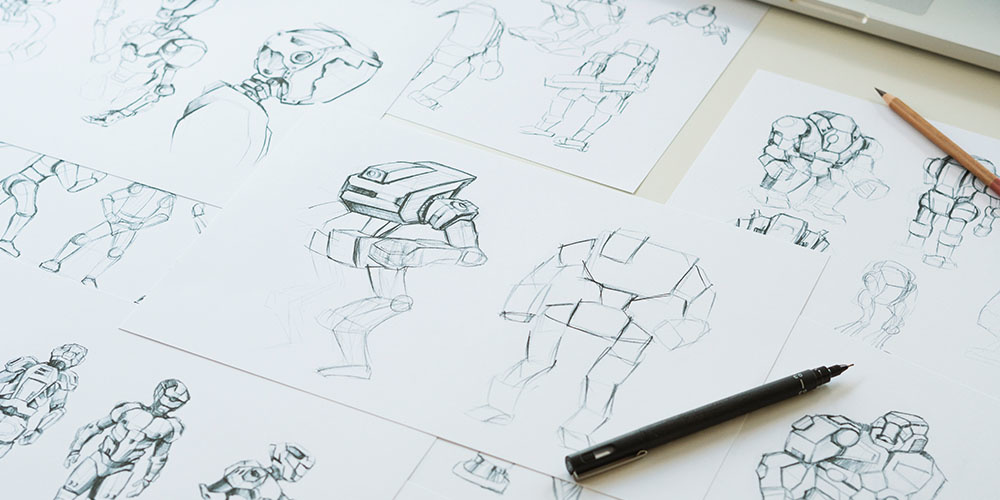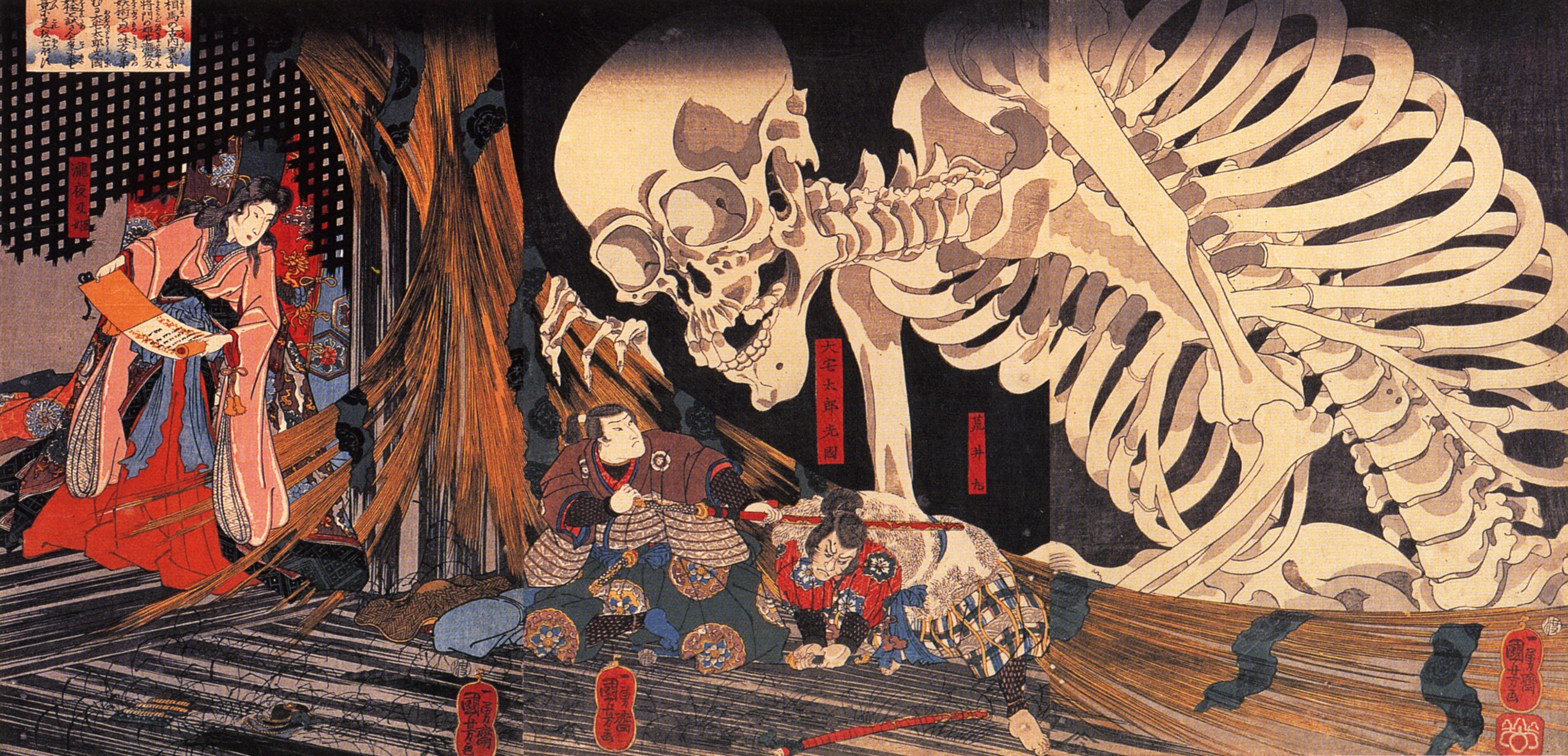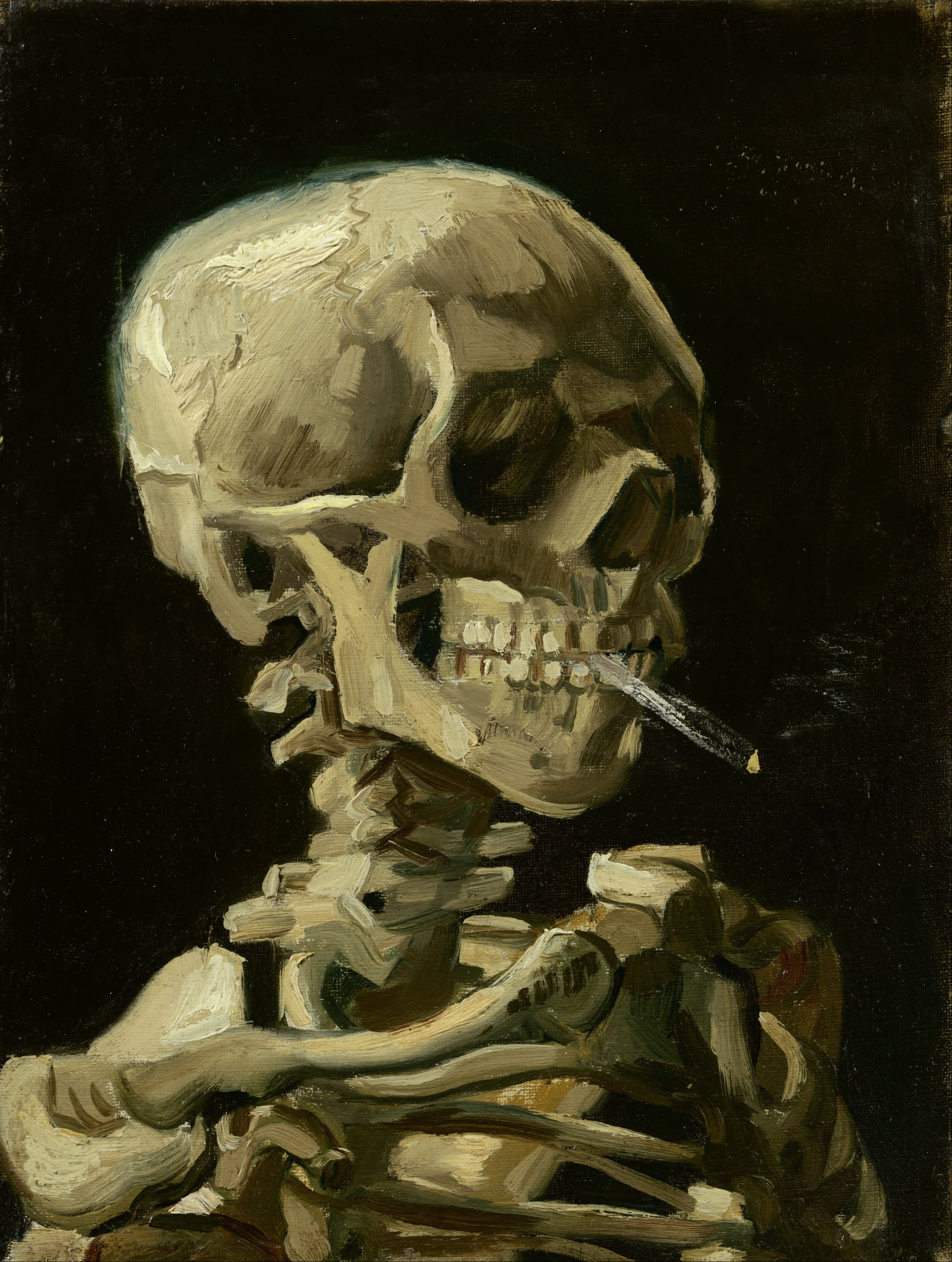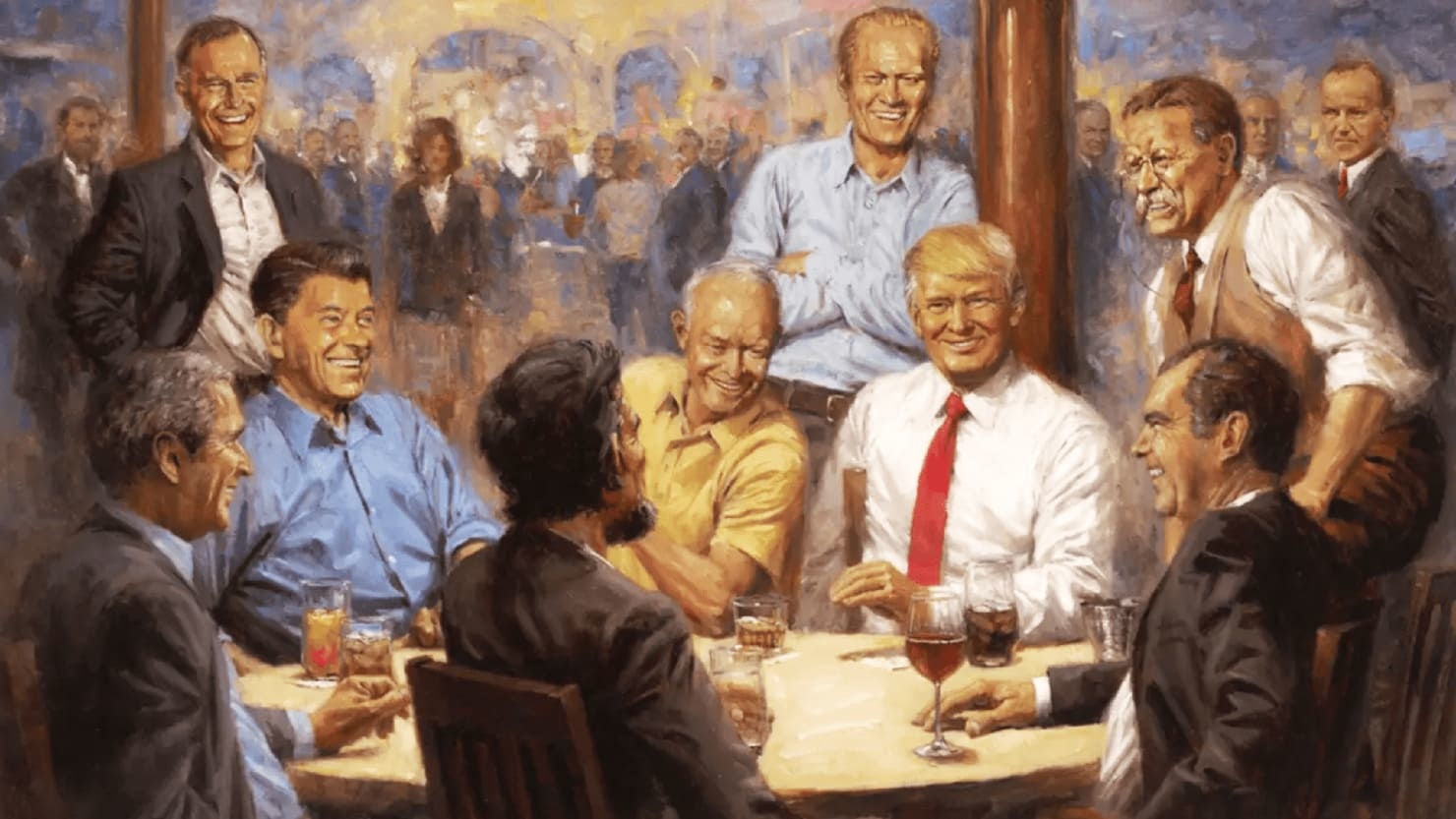painting
A machine learning system lets visitors at a Kandinsky exhibition hear the artwork.
The Chumash people poked bits of psychoactive plants into cave ceilings next to their paintings.
Pencil Kings will guide you from beginner to mastery with industry-leading teachers from Marvel and DreamWorks.
From animated umbrellas to polite-but-violent turtle-people, Japan’s folklore contains some extremely creative monsters.
Towards the end of his life, Francisco Goya began painting terrifying scenes directly onto the walls of his house.
Really puts the whole “don’t give up until you’re dead” thing to shame.
A neuroscientist argues that da Vinci shared a disorder with Picasso and Rembrandt.
Andy Thomas, a Missouri-based painter, painted an imaginary image of Trump and past Republican presidents that now hangs in the White House.

